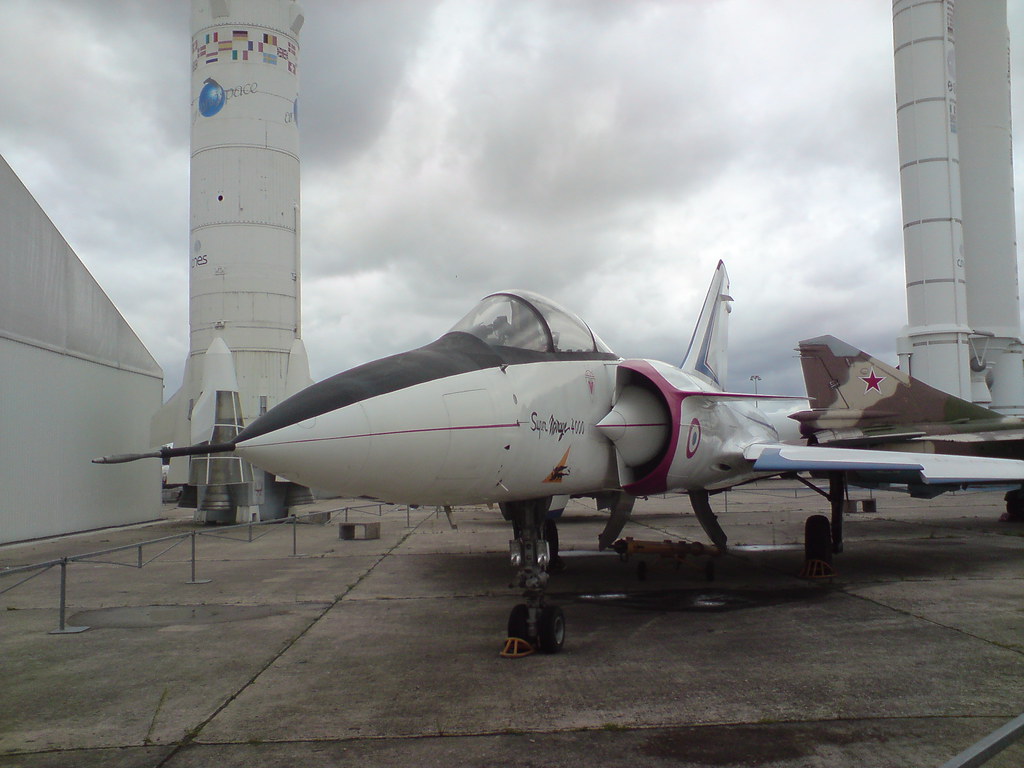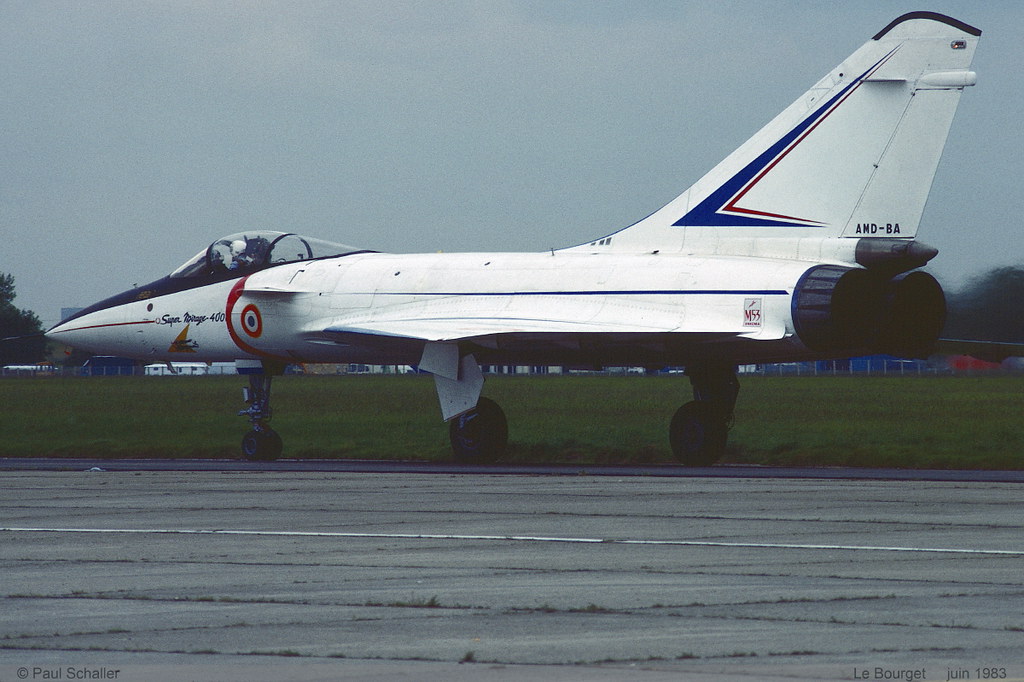
In the annals of military aviation history, there are aircraft that, despite being technologically advanced, never quite make it to the limelight of active service.

One such example is the Dassault Mirage 4000, a robust twin-engine fighter that, despite its promise and performance, remained a lone prototype.

The tale of the Mirage 4000 is one of technological prowess outpaced by geopolitical shifts and market decisions.

The Mirage 4000 was conceived as a larger sibling to the successful Mirage 2000, boasting two powerful SNECMA M53-2 turbofan engines and a range of advanced weaponry.

The aircraft was a behemoth, measuring 61 feet in length with a 39-foot wingspan. Its engines, each providing up to 21,400 pounds of thrust with afterburning, enabled it to achieve speeds of Mach 2.3 and climb rates that dazzled enthusiasts and professionals alike.

Over the course of 336 test flights, the Mirage 4000 flexed its muscle, proving its capability as a formidable interceptor and fighter-bomber.

Its weapon systems included two 30 mm DEFA cannons and an array of hardpoints to carry a diverse assortment of armaments ranging from air-to-air missiles to a multitude of bombs.

Dassault, having self-financed this ambitious project, hoped to capture both French and export markets. However, this was not to be.

The French Air Force decided to focus its resources on the Mirage 2000, while potential export customers, such as the Royal Saudi Air Force, turned to other options like the Panavia Tornado.

The Iranian Revolution, too, closed the doors to a market that might have shown interest in this advanced fighter.

The Mirage 4000 made its last flight on January 8, 1988, marking the end of its short but impressive flight history. Today, it rests at the Paris Air and Space Museum, a testament to a path not taken in French aviation.

Despite never entering production, the Mirage 4000 did contribute to the future of French aviation.

The lessons learned and technologies developed from the Mirage 4000 played a role in shaping the Dassault Rafale, the multifaceted fighter that now serves as the backbone of the French Air Force and Navy.

While the Mirage 4000 remains a “what if” in military aviation, its singular existence continues to intrigue and captivate military tech and politics enthusiasts.

As with other ambitious projects that were ultimately shelved, the Mirage 4000’s legacy is a reminder of an era of intense innovation and competition in the field of military aviation, where not all advancements, no matter how remarkable, find their way into the skies of conflict.

